E-commerce Influence
The Self Storage Market is significantly influenced by the rapid growth of e-commerce, which has transformed consumer behavior and logistics. As online shopping becomes increasingly prevalent, businesses require additional storage space to manage inventory and fulfill orders efficiently. This trend is particularly evident in urban areas where space is at a premium. Data indicates that e-commerce sales have been rising steadily, with projections suggesting that they could account for over 20% of total retail sales in the coming years. This shift necessitates the use of self storage facilities for businesses seeking to optimize their operations and reduce overhead costs associated with traditional warehousing. Moreover, the flexibility offered by self storage solutions allows e-commerce businesses to scale their operations in response to fluctuating demand, thereby enhancing their competitiveness in the market.
Technological Advancements
The Self Storage Market is witnessing transformative changes driven by technological advancements that enhance customer experience and operational efficiency. Innovations such as online booking systems, mobile applications, and smart storage solutions are reshaping how consumers interact with self storage facilities. These technologies not only streamline the rental process but also provide customers with greater control over their storage units. For instance, the integration of IoT devices allows for real-time monitoring of storage conditions, which is particularly appealing to businesses storing sensitive items. Furthermore, data analytics is being utilized to optimize facility management and improve customer service. As technology continues to evolve, it is likely that the self storage market will see increased adoption of these innovations, leading to improved customer satisfaction and operational effectiveness.
Changing Consumer Lifestyles
The Self Storage Market is adapting to changing consumer lifestyles that prioritize flexibility and convenience. As more individuals embrace minimalism and transient living arrangements, the need for self storage solutions becomes increasingly apparent. Many consumers are opting for smaller living spaces, which often lack adequate storage options. This trend is particularly pronounced among millennials and younger generations who value experiences over possessions. Data suggests that the self storage industry is likely to benefit from this shift, as individuals seek external storage to accommodate their lifestyle choices. Additionally, the rise of remote work has led to an increase in home-based businesses, further driving the demand for self storage as entrepreneurs require space for inventory and equipment. This evolving consumer behavior indicates a promising future for the self storage market.
Increased Mobility and Relocation
The Self Storage Market is also being propelled by increased mobility and relocation trends among individuals and families. As job markets evolve and opportunities arise in different regions, people are more willing to relocate for career advancement or personal reasons. This mobility often necessitates temporary storage solutions during transitions, as individuals may need to store their belongings while moving between homes. Data indicates that approximately 14% of the population moves annually, highlighting a consistent demand for self storage services. Moreover, the trend of remote work has led to a rise in individuals relocating to more affordable areas, further driving the need for storage solutions. As such, the self storage market is likely to continue thriving as it caters to the needs of a mobile population seeking flexible storage options.
Urbanization and Space Constraints
The Self Storage Market is experiencing a notable surge due to increasing urbanization and the resultant space constraints faced by individuals and businesses. As urban populations expand, the demand for residential and commercial space intensifies, leading to a scarcity of available storage options. This phenomenon compels many to seek external storage solutions, thereby driving the growth of the self storage sector. According to recent data, urban areas are projected to house over 68% of the world's population by 2050, which suggests a sustained demand for self storage facilities. Furthermore, the trend of downsizing living spaces in urban environments further exacerbates the need for additional storage, as individuals and families require a place to store their belongings. Consequently, the self storage market is likely to continue flourishing in densely populated regions.


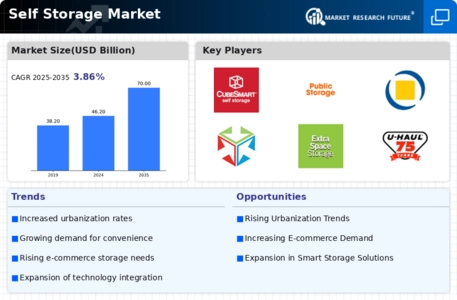
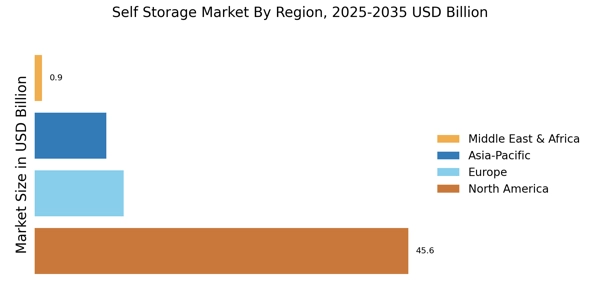
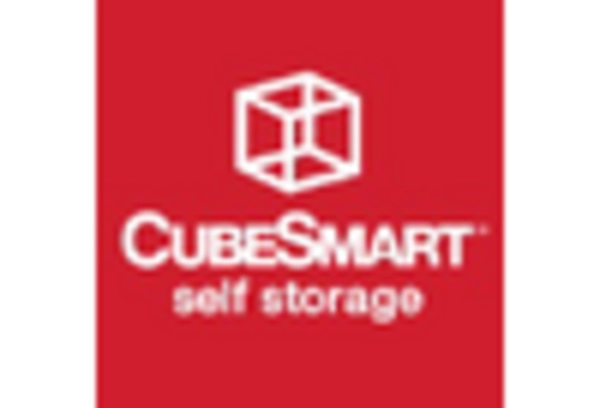



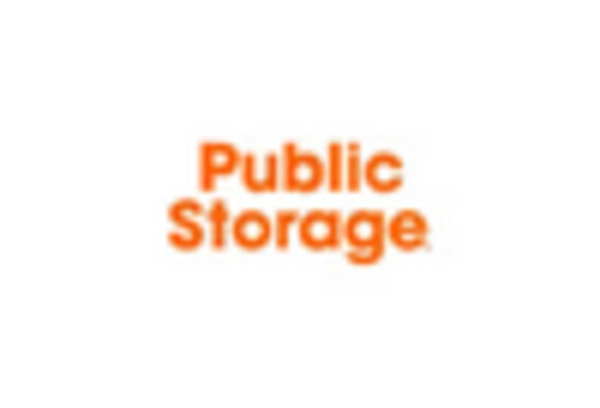
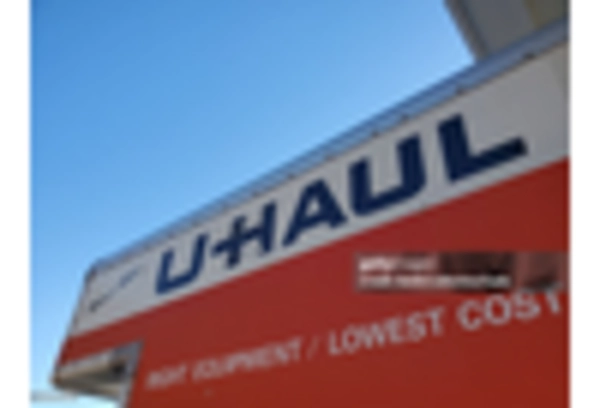








Leave a Comment